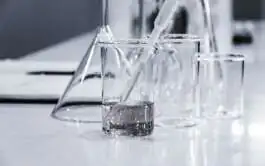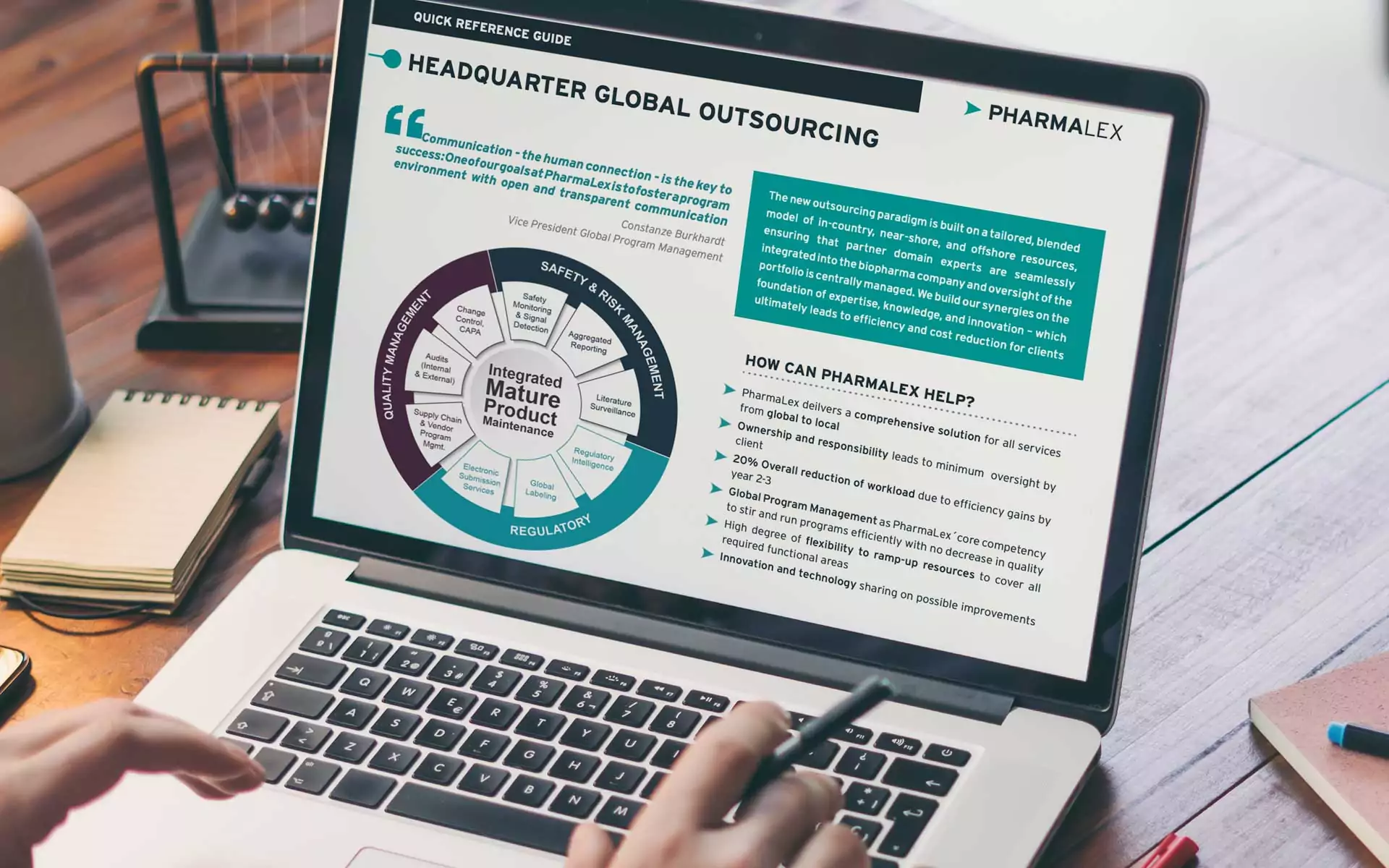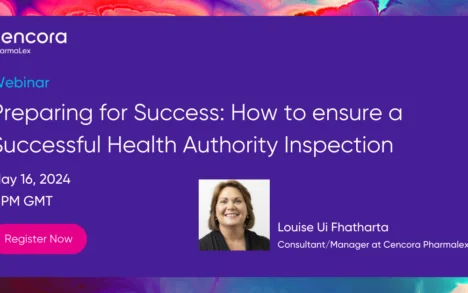Quality Management and Compliance
Our Quality Management and Compliance (QMC) team is involved in all aspects of the Product Lifecycle from innovation to commercialisation providing strategic consultancy related to compliance in every stage from development to product withdrawal. From early innovation, we guide our clients through all stage gates towards and beyond commercialization, consulting with them on anything that will impact the quality and compliance of the final product
Contact our specialists to tailor a service plan
Strong technical, regulatory and scientific expertise
Ensuring your internal systems, or those of your supplier or client meet the necessary requirements, is essential before undertaking any regulatory process. It is also pertinent to follow good practice (GxP) guidelines in order to satisfy the regulators that all aspects meet their standards.
We have a broad spectrum of competencies in GxP quality management as well as in adjoining regulatory areas. This approach allows us to manage interfaces even in complex situations and provide additional value especially for small- and medium-sized organizations.
We offer advice, guidance and solutions in the following areas:
- Providing consultancy, gap analyses and operative support on GxP topics
- Designing, implementing and optimizing your GxP quality system
- Preparing applications for manufacturing and wholesaling authorizations
- Designing and documenting processes as SOPs
- Implementing risk management approaches / FMEA analyses
- Planning and performing GxP audits and self-inspections (incl. CAPA management)
- Preparing and supporting health agency inspections
- Supporting remediation activities
Available Resources
- 1st December 2023
- m
FURTHER RESOURCES
Quality Management and Compliance Services
Commissioning, Qualification and Validation
We have been providing Commissioning, Qualification, and Validation (CQV) services to our clients for over 18 years. Our dedicated CQV professionals bring a depth of knowledge across the entire validation lifecycle (VLC), having supported clients from all major sectors within the Life Sciences industry. We guide our clients in the selection of the right CQV strategy and fully support all deliverables, from protocol preparation, through “on the floor executions” data analysis and Report preparation.
More InfoComputer System Validation (CSV)
Computer system validation provides documented evidence that software applications meet their intended uses by testing regulated functional processes as well as requirements related to electronic records and electronic signatures Contact our specialists to tailor a service plan Contact Us PharmaLex – powered by Arbour Group PharmaLex has merged with Arbour Group to deliver specialized software […]
More InfoGxP Audit
Ensuring your internal systems, or those of your supplier or client meet the necessary requirements, is essential before undertaking any regulatory process. It is also pertinent to follow good practice (GxP) guidelines in order to satisfy the regulators that all aspects meet their standards.
More InfoGxP Technical Consulting
Our GxP Technical Consulting Service provides access to our international Consulting Team, including a number of former EU and US Regulators, with expertise across the entire product lifecycle, ensuring that the broad Regulatory perspective is factored into the detailed consideration of your query
More InfoQuality Systems and Compliance
PharmaLex can provide support with PQS planning, development and implementation. We can also remediate PQS that are not working properly and we can also provide support with the implementation or remediation of specific elements of the PQS such as Supplier management, Quality Risk Management, Change Management, Learning Management and deviation management to name a few. We can design and implement PQS for MIA, WDA and MAH.
More InfoContact Us
Contact Form
Complete this form to stay in contact with us.
Global Approach
PharmaLex has 60+ offices in 32 countries serving more than 1600 satisfied clients worldwide. Search your nearest office.






